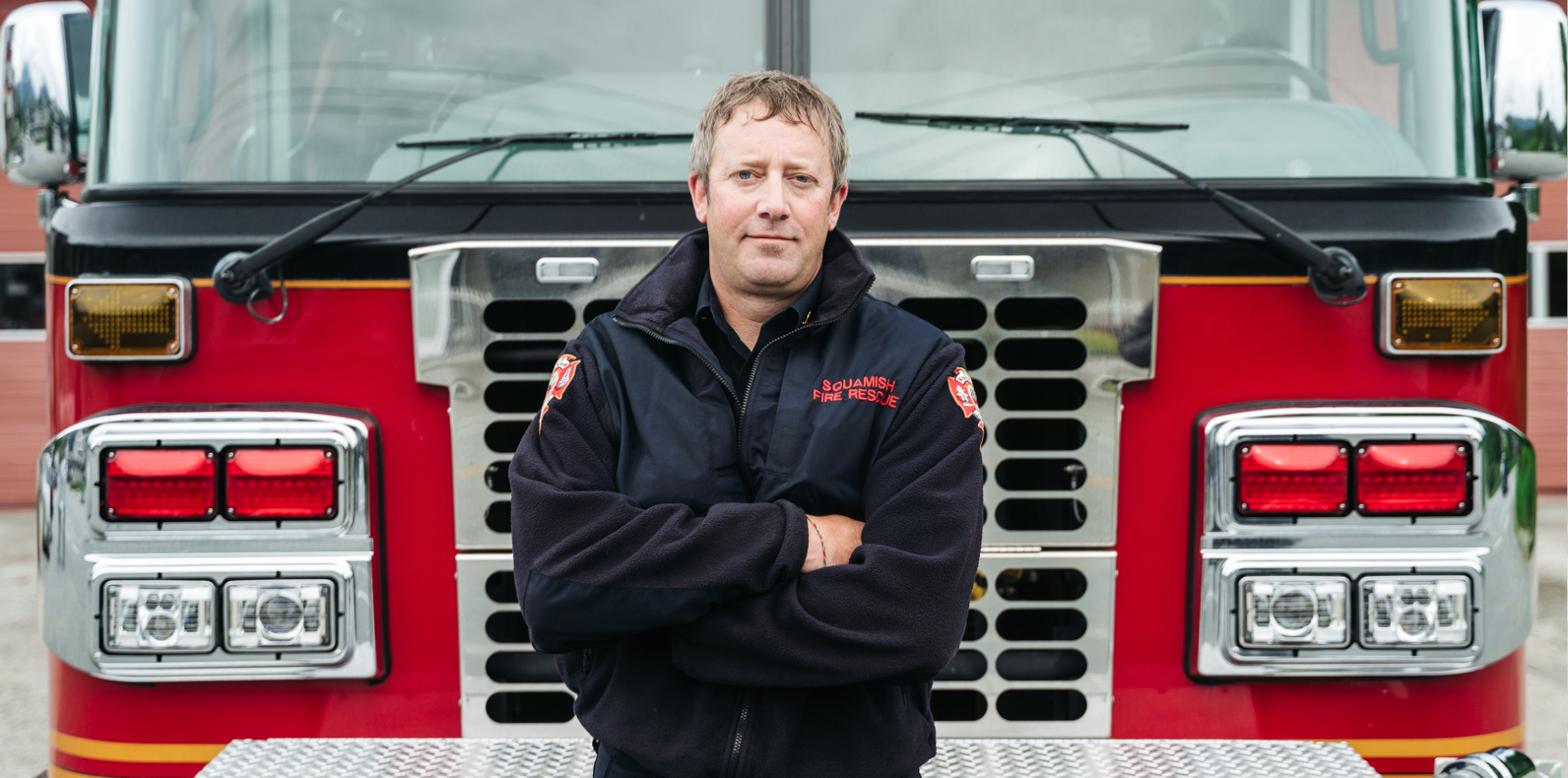A fast-moving wildfire struck British Columbia’s Squamish Valley in April 2020, forcing more than 100 people to evacuate as it tore through the area at speeds of up to 30 kilometres an hour.
This wildfire moved erratically, changing direction with no warning, seeming to target some homes but to avoid others close-by. Undoubtedly, some of this was coincidence. In reality, however, many of the surviving properties owed their “luck” to careful owners who had prepared for just such a day.
In interviews with first responders, homeowners, and community leaders, a pattern quickly emerged: properties that survived close calls tended to be those that had applied FireSmart principles to one extent or another. Some were literally designed and built to withstand this kind of assault, while others were subjected to post-construction measures designed to keep the flames at bay. In all cases, the investments were tiny in comparison to what the losses would have been if the fire had been allowed to do its worst.
For Rob Dombowsky, Wildfire Officer for the Pemberton Fire Zone, the Squamish blaze didn’t just fall into his area of responsibility: it also demonstrated how useful FireSmart can be.
In his line of work, he explains, “we talk about defendable spaces and saveable homes.” Firefighters are few in number, and their resources are limited: often the properties that survive are the ones judged to be defendable. Accordingly, the question of whether a home has or has not been FireSmarted makes for “a very quick decision tree”. If the right conditions aren’t in place, “we need to move on to the next house.”
Tony Rainbow, Director (Board Chair) of SLRD, paints a similar picture.
“The really amazing thing about this fire was how fast it moved from its origin and where it went … It burned some structures that were really close to other structures that weren’t touched,” he recalls. “One of the most remarkable things was that there were not that many structures destroyed and nobody was hurt – thankfully! It could’ve been so much worse.”
The area’s good fortune had a lot to do with good sense.
“One of the reasons it wasn’t as bad as it could have been was the work that has been done out here,” Rainbow explains. “When we first started talking to the community about FireSmarting, they’ve taken it seriously … They’ve cleared deadwood … which is fuel for a fire. They’ve cleared that out. They’ve taken trees down that they didn’t need to have. They’ve done a lot of things like that.” In addition, he says, people have started thinking in terms of flammability when selecting things like roof designs and building materials.
Parts of homeowner David Johnston’s property were scorched, but his home was undamaged, and like so many others in the Squamish Valley, he was prepared for such an event.
He built his house “right in the middle of a big green field”, putting valuable distance between the structure and the surrounding forest. For another, construction was carried out with wildfires in mind, so, for instance, “we went with a metal roof, we deliberately did not put gutters on, so the rainwater just washes everything off the roof; it falls down onto gravel.” These and other decisions kept his home safe – and he advises others to do the same.
There’s a clear lesson to be learned here: fire crews have little time to decide on which homes to save. The homeowners that put in a little time and effort not only decrease their direct vulnerability to wildfire – they also increase the likelihood that fire crews will be able to come to their aid.
Thankfully for most of us, making a home defendable is entirely within our capabilities. You don’t need to be world-class athletes in peak condition, only to follow Rob Dombowski’s advice: “In a nutshell,” he says, “clean your gutters. Clean up the debris around your house. Address your woodpile. Address fuel that’s adjacent to the house and mitigate those hazards.”
Don’t wait – take the time today to educate yourself on how to prepare your property for wildfire. Start by checking out these 10 Tips To FireSmart Your Home and downloading the FireSmart Begins At Home Manual.
